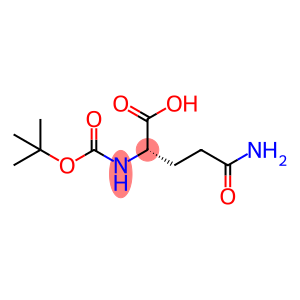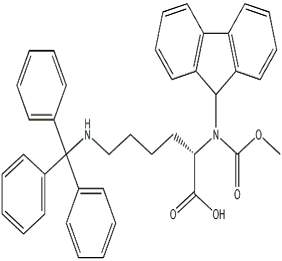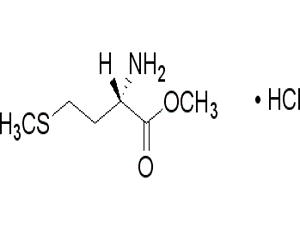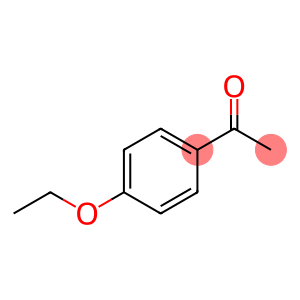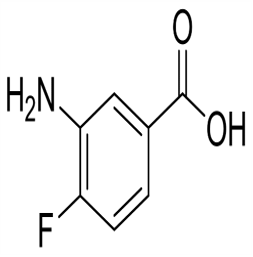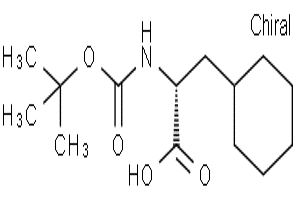3 5-Dichlorophenylhydrazine hydrochloride(CAS# 63352-99-8)
| Risk Codes | R20/21/22 – Harmful by inhalation, in contact with skin and if swallowed. R36/37/38 – Irritating to eyes, respiratory system and skin. |
| Safety Description | S26 – In case of contact with eyes, rinse immediately with plenty of water and seek medical advice. S37/39 – Wear suitable gloves and eye/face protection S36/37/39 – Wear suitable protective clothing, gloves and eye/face protection. S22 – Do not breathe dust. |
| WGK Germany | 3 |
| HS Code | 29280000 |
| Hazard Note | Harmful/Irritant |
| Hazard Class | IRRITANT |
Introduction
3,5-Dichlorophenylhydrazine hydrochloride is widely used in chemical research and laboratory. It can be used as a reagent in organic synthesis for the synthesis of other compounds, especially the synthesis of nitrogen-containing compounds. It can also be used as an intermediate for certain drugs.
The method for preparing 3,5-Dichlorophenylhydrazine hydrochloride is generally obtained by reacting phenylhydrazine with 3,5-dichlorobenzoyl chloride. First, phenylhydrazine is added without solvent, and then 3,5-dichlorobenzoyl chloride is added slowly to produce the desired product. Finally, the product was crystallized by the addition of hydrochloric acid to give the pure product.
Regarding safety information, 3,5-Dichlorophenylhydrazine hydrochloride may be harmful to health, so appropriate protective measures should be taken when using and handling. It is an irritant substance and may cause irritation to the eyes, skin and respiratory tract. It is recommended to wear appropriate protective glasses, gloves and protective masks during operation to ensure that the operation is carried out in a well-ventilated place. In addition, avoid inhaling its dust or contact with skin. Contact with strong oxidants and strong acids should be avoided during use and storage. When waste is disposed of, it should be disposed of in accordance with local regulations. If an accidental leak occurs, immediate measures should be taken to clean up and deal with it. In any case, it is recommended to use under the guidance of qualified personnel.



